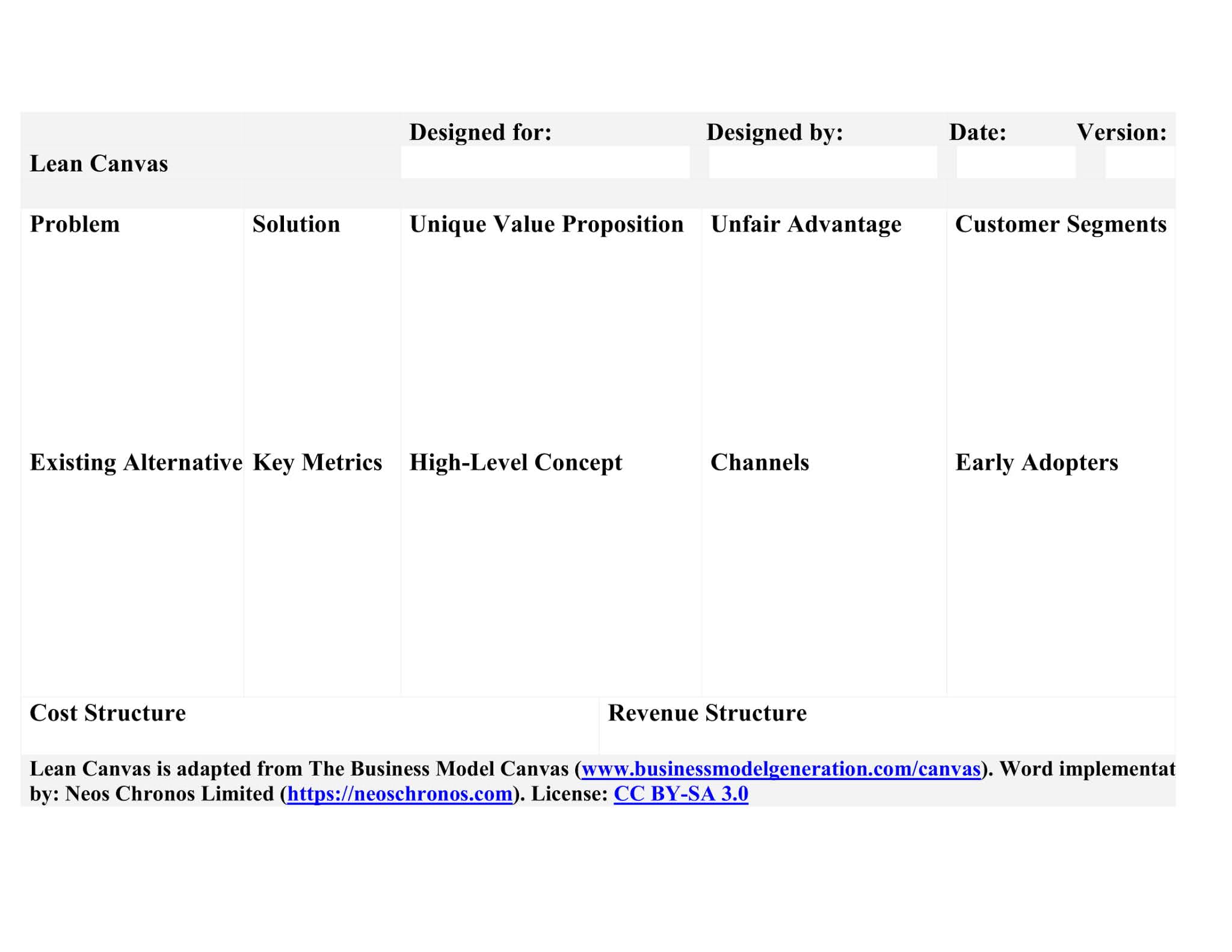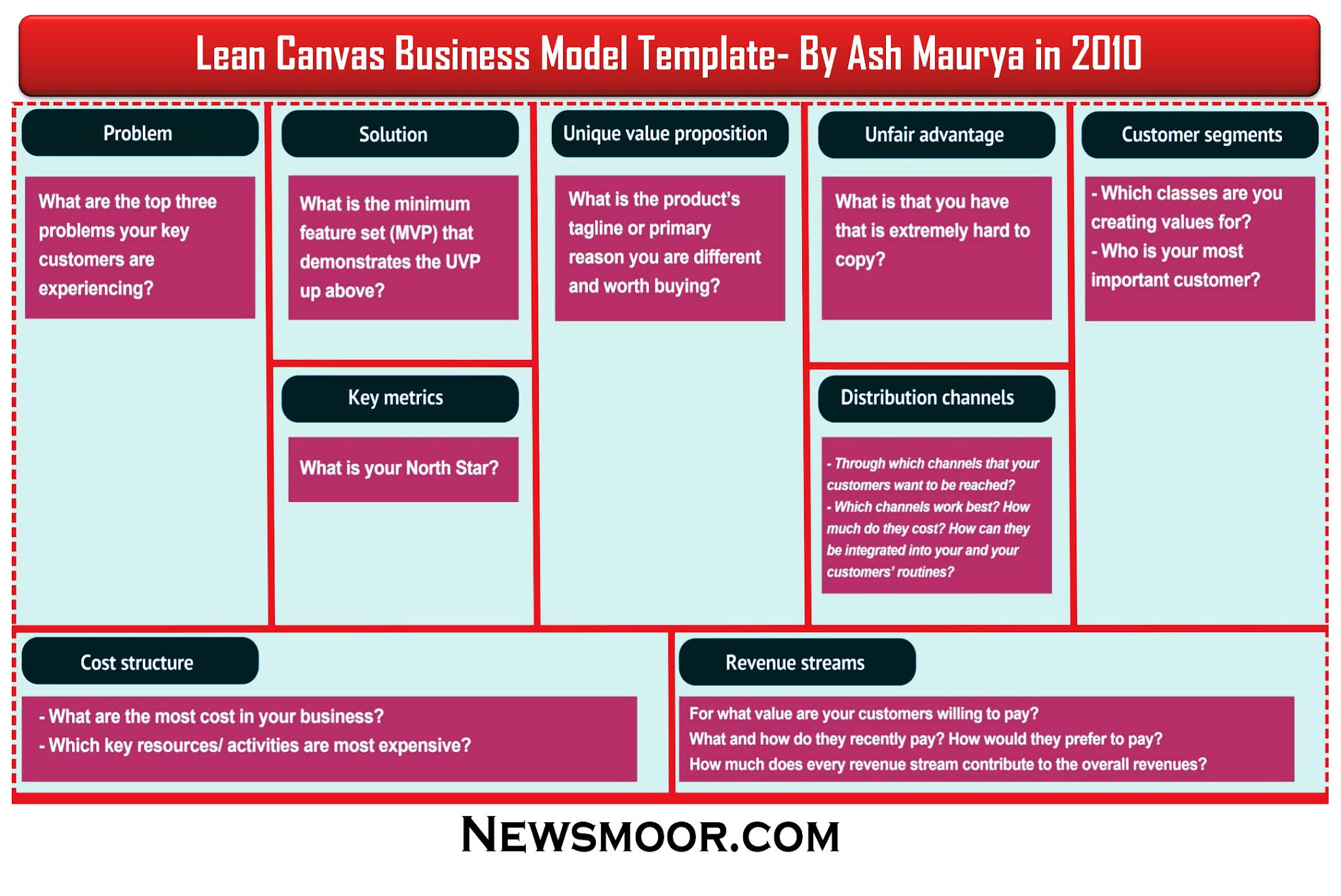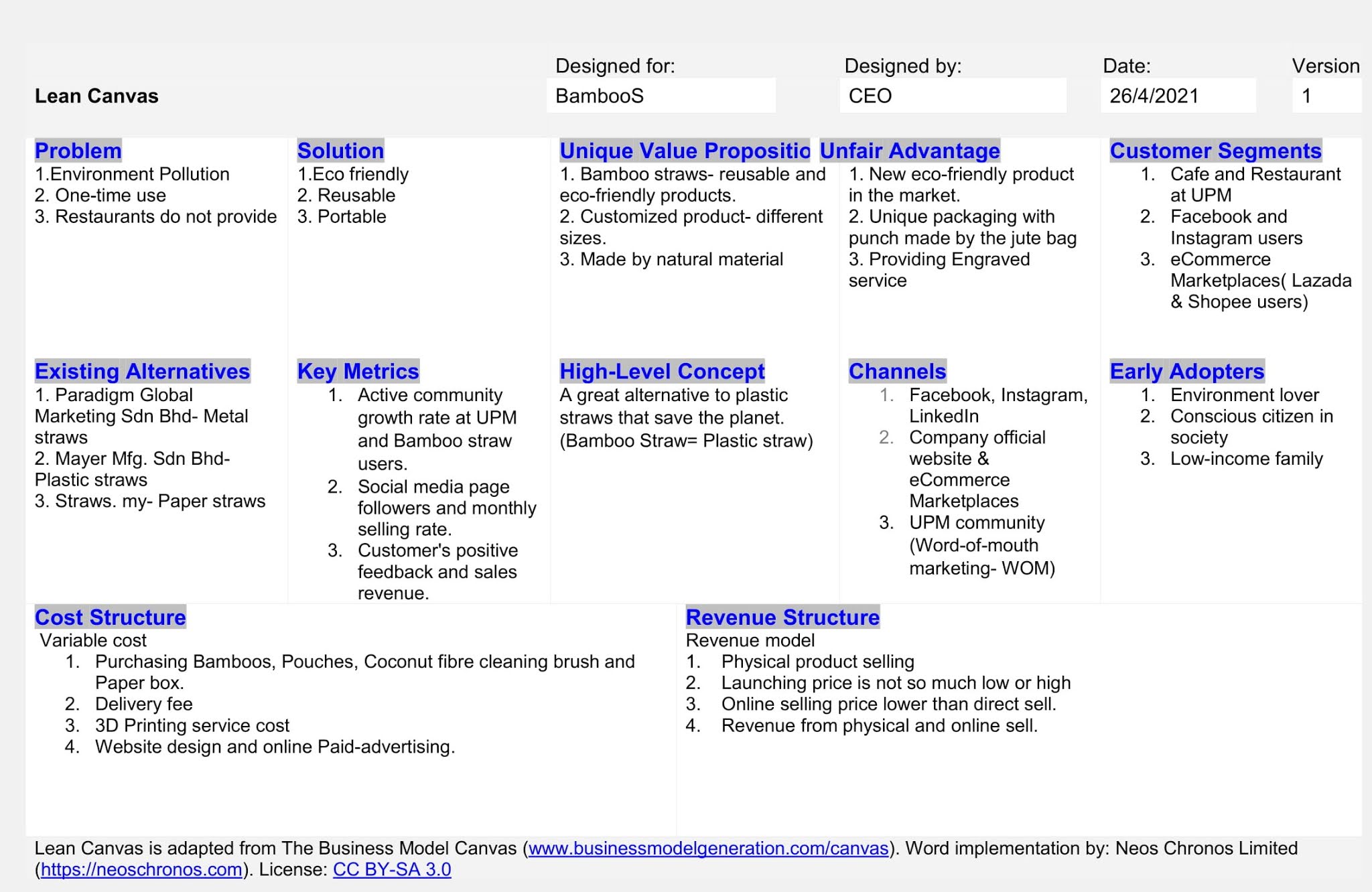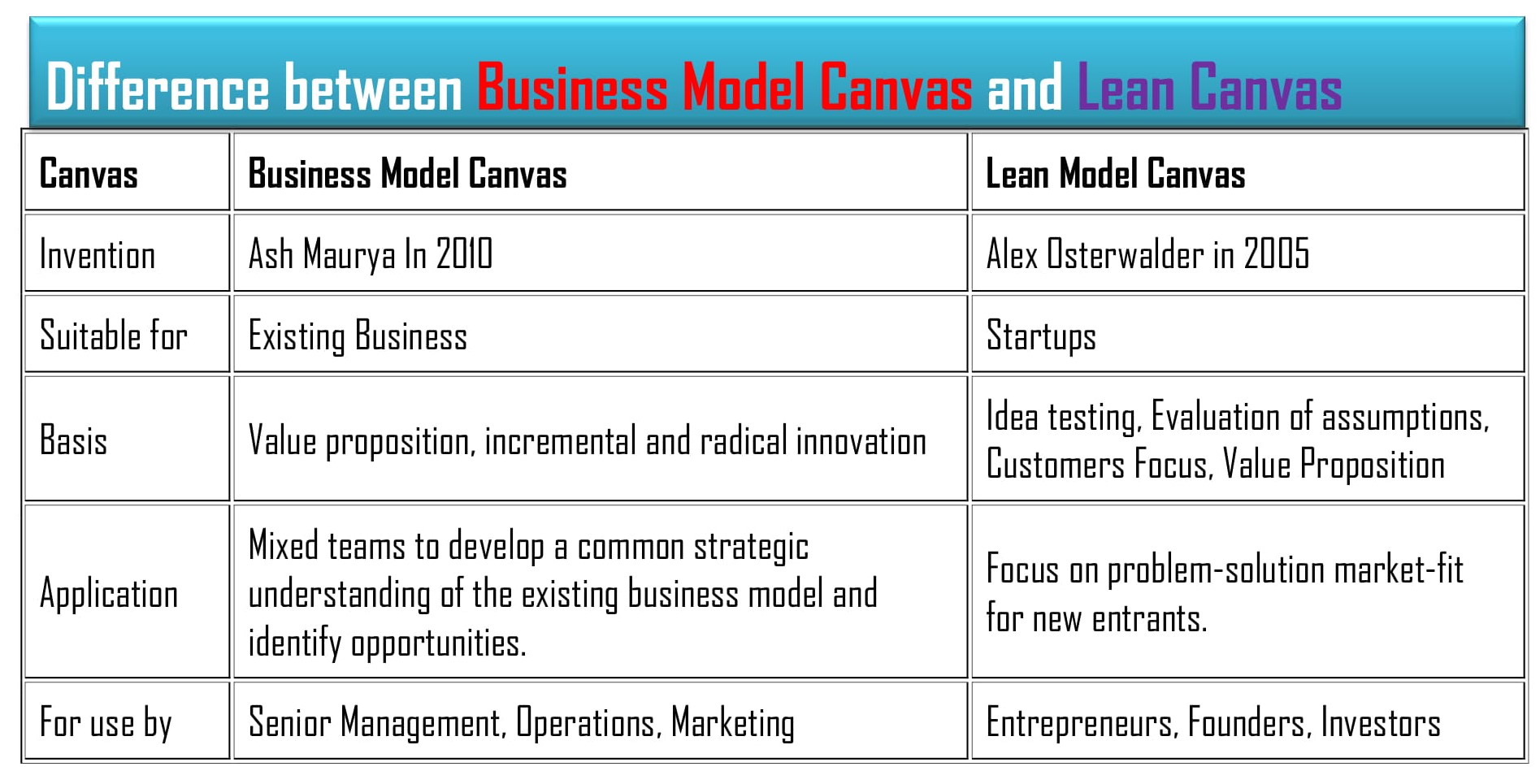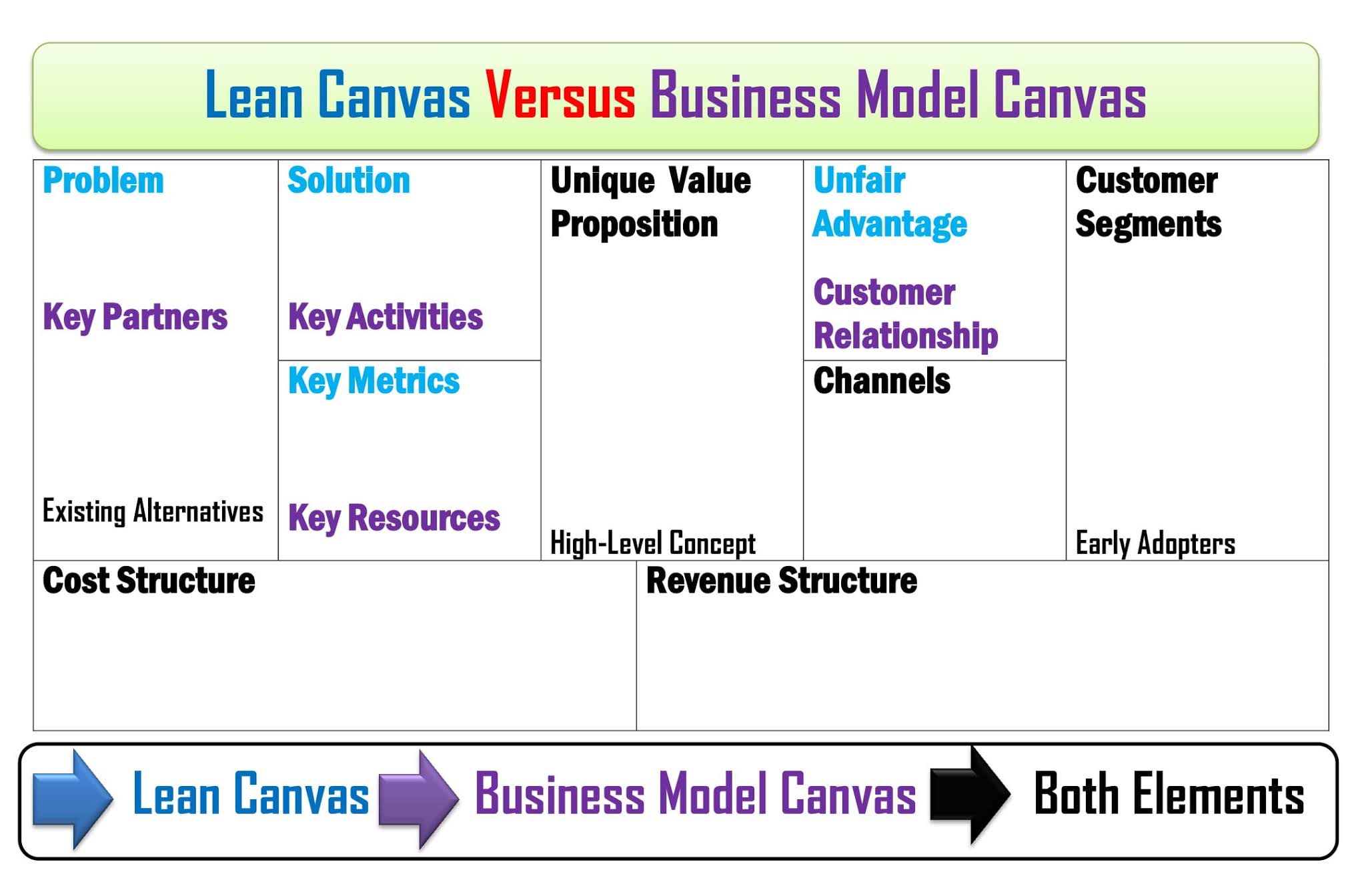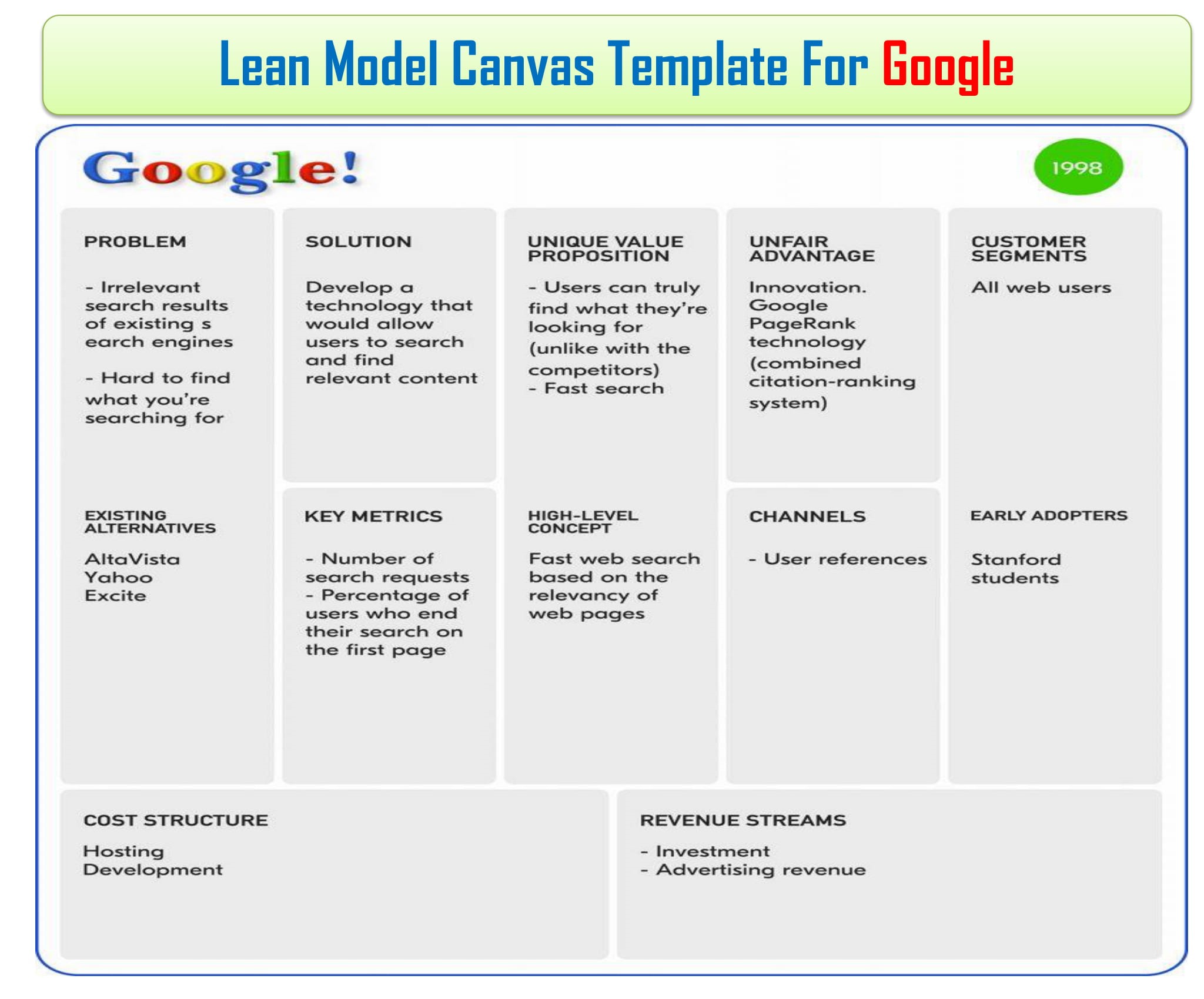Types of Leads in Journalism With Examples. Types of News Examples or Leads in News Story Writing.
Lead Writing- News Lead Writing
What is a News Lead?
The news lead is the most attractive part of a news and feature article, appearing in the first and second paragraphs after the headlines. It is an opening paragraph designed to provide crucial information precisely. A good lead draws readers into the feature’s body by highlighting the central issue. It contains the most essential information, followed by the body, which contains details, and the tail, which includes additional information. According to the inverted pyramid style, the news lead answers the five W and one H questions to illustrate the story. An attractive news lead always increases the news value.
How to Become a Good News Lead Writer?
A news writer always follows the 5W and 1H of the journalism report writing strategy to cover all issues related to the news headlines. As writers, we have to follow the lead writing strategy, including its elements, length, and appropriate use in a given news story. You have to choose the correct leads to attract the audience to read the whole story.
Elements of News Lead Writing
The five core elements of news lead are:
- Who: The people involved in the news story.
- What: The core issue or topic of the news story.
- When: The time when the event and incident occurred.
- Where: The place of the event and incident that happened in the story.
- Why: The cause or reason for the event and incident of the news story.
- How: The way in which the event occurred.
A Good Lead must follow the 5W and 1H rules of news writing.
| FORMULA | WHO does WHAT, WHEN, WHERE, WHY, and HOW |
| Who | Subject, People name, Organization name, Country name, audiences, Game, and so on |
| What | Name of activity, event, incident, and issues. |
| When | Day, yesterday, tomorrow, month, and year |
| Where | Location and place name where the incident occurs |
| Why | Background of the event, purpose, cause, and motive. |
| How | Process, detail of the event, explanation of the incident. |
What is the Length of Lead Writing?
According to Mansor (2010), the length of a sentence should not exceed 25 words. On the other hand, according to Mencher (2010), a sentence should not exceed 35 words. The ideal length for news leads in journalism is 20 to 35 words. Writers concisely present the entire story in 35 words or fewer in the lead section for different types of journalism.
Types of Leads in Journalism
The two types of news leads in Journalism are:
- Traditional Lead (5W1H)
- Alternative Leads (10 Types of Lead in Journalism)
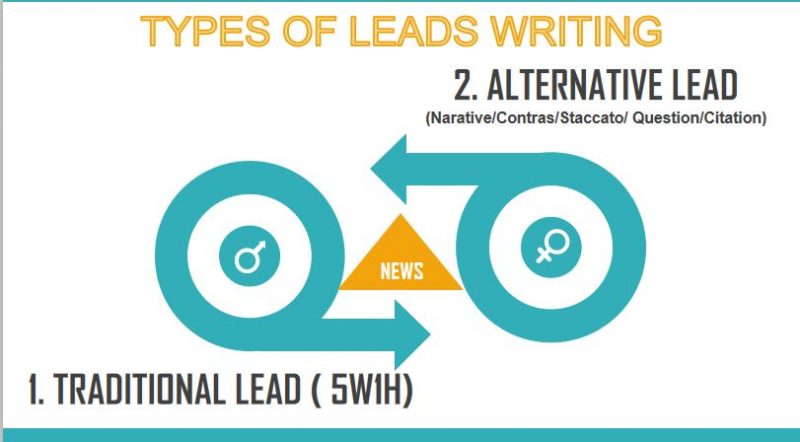
1. Traditional Lead
The traditional Lead is also known as the primary lead. It is constructed from 6 elements: who, what, when, where, why, and how. But usually, the journalist starts with Who and What. However, you can begin and end with any of the six elements. Traditional lead is one of the most common types of lead-writing strategies in journalism. It is similar to the inverted pyramid style of news writing.
Who-Lead News Writing Example
| Headline | Myanmar Ties the Young Tigers |
| Lead 1 | The country’s under-22 squad (B-22) put in a lackluster performance in the opening match of Group A of the 2019 SEA Games, drawing 1-1 against Myanmar. |
| Lead 2 | The Young Tigers looked shaky early in the first half as they struggled to adapt to the surface of a synthetic pitch at the Rizal Memorial Stadium in the Philippines. |
What Lead News Writing Example
| Headline | Additional subjects follow the inclinations of the students |
| Lead 1 | KUALA LUMPUR-The Secondary School Standard Curriculum (KSSM) (Upper Secondary), which will come into effect next January, aims to improve the flow of Science and Literature in the existing education system. |
| Lead 2 | Deputy Director-General of Education (Policy and Curriculum Sector), Dr. Habibah Abdul Rahman, said Form Four students could choose four packages containing a combination of core and elective subjects in the new school term. |
When News-Lead Writing Example
Headline: New Vaccine Rollout Set for Next Month
News-Lead: Next month, residents of Springfield County can expect the rollout of a new vaccine aimed at combating the spread of the flu virus.
News Headline: City Council to Vote on New Zoning Regulations Next Week
News-Lead: Next week, the City Council is set to vote on proposed zoning regulations that could reshape our city’s urban landscape.
Why News Leads in Journalism
In journalism, a lead is the reason or justification for an incident reported by a newspaper. It focuses on understanding the significance of the news event.
Headline: The massive landslide caused by heavy rain, not human activity
News Lead: For example, A landslide that killed 31 people at an unlicensed campground last year was caused by persistent heavy rainfall, not human activity, a Malaysian government investigation concluded.
“How” News Leads in Journalism
A How news lead explains the method of a news story to hook the reader, inform them of the most essential facts immediately, and entice them to continue reading.
Headline: “Global Immigration Partners Explains How the L-1 Visa Process Can Lead to a U.S. Green Card”.
| Lead 1: | Global Immigration Partners, PLLC, a prominent U.S. immigration law firm focused on corporate and investor immigration, has unveiled a new educational guide outlining the process for L-1 visa holders to change their status to lawful permanent residence (green card) in the United States. |
| Lead 2: | The L-1 visa, designed for multinational corporations to relocate executives, managers, or employees with specialized skills to their U.S. branches, is often regarded as one of the most effective routes to obtaining a green card. Its allowance for dual intent—enabling individuals to maintain non-immigrant status while seeking permanent residency—makes the L-1 visa a valuable basis for long-term relocation planning. |
2. Alternative Leads in Journalism
Alternative Leads in journalism include Staccato Lead, Question Lead, Narrative Lead, Contra Lead, Citation Lead, Straight Lead, Scene Lead, Anecdote Lead, Significant Detail Lead, and Direct Address Lead.
1. Staccato Lead
This staccato lead effectively sets the tone for the article, immediately drawing readers into the story and providing a concise summary of the main event and the contrasting emotions surrounding it
- It is a dot sign in the music
- It means- separately read
- It’s like a dot, meaning the end of the sentence
Example of Staccato Lead in Journalism
| Lead 1 | Kuala Lumpur: There is no Raya shirt or any celebration, and this year’s festival doesn’t seem to mean anything to them. For the past two months, this hospital has been their second home. |
| Lead 2 | “Every day, we just shed tears thinking of Raef who risked his life because his health condition is often uncertain,” said Noraini Jaafar, 37, mother of four-year-old Raef Uqael Mohd Rosli. |
2. Question Lead
Question News-Lead writing involves opening an article with a compelling question that piques the reader’s curiosity and encourages them to continue reading. Write in a question sentence (like a question to the audience). However, the audience did not necessarily prepare the answer.
Here’s an original example of question lead writing:
“Will groundbreaking advancements in renewable energy finally pave the way for a greener future? As scientists unveil revolutionary technologies and governments commit to ambitious sustainability goals, the world stands on the brink of a transformative energy revolution.”
This ‘question lead’ engages readers by presenting an intriguing inquiry about the potential for significant progress in renewable energy. It sets the stage for the article to explore recent developments and initiatives in the field, inviting readers to delve deeper into the topic.
| Lead 1 | Kuala Lumpur: Are you willing to wait as early as 8 am to buy various items at discounts of more than 70 percent in preparation for Aid al-Fitr, even though Sogo shopping malls in the capital open only at 10 am? |
| Lead 2 | Should we take the family shopping in the capital in the morning? |
3. Narrative or Descriptive Lead
A narrative or descriptive lead in journalism aims to vividly depict a scene or event, drawing readers into the story with descriptive language and storytelling techniques.
Here’s an original example of a narrative or descriptive lead:
“As the first light of dawn painted the sky in hues of pink and gold, the sleepy village of Meadowbrook awoke to the sound of bustling activity. Against the backdrop of rolling hills and quaint cottages, farmers gathered in the town square, their weathered hands clasping baskets overflowing with freshly harvested fruits and vegetables. The air was filled with the sweet scent of ripe strawberries and the cheerful chatter of neighbors reuniting after a week-long market hiatus.”
This descriptive lead transports readers to the idyllic setting of Meadowbrook, immersing them in the sights, sounds, and atmosphere of the bustling village marketplace. It sets the stage for the article to explore the vibrancy and community spirit of the local farmers’ market. The situation/picture of the event
Example of Narrative or Descriptive Lead in News Writing
| Lead 1 | Seremban: The suspicious actions of two women in black hijab rushing out of a supermarket were answered when they were suspected of stealing various dishes at a supermarket in Seremban 2 yesterday. |
| Lead 2 | Security guards caught the two suspects in their 30s red-handed as they stole a set of dishes before arresting them. |
4. Contrast Lead
Contrast news leads in journalism: compare two events—the opposite of the actor and the event. A contrast lead in newspaper journalism juxtaposes two elements or perspectives to capture the reader’s attention immediately.
Here’s an original example of a contrast lead:
“While the city celebrated the grand opening of its newest luxury shopping mall, just blocks away, residents of the impoverished Southside neighborhood grappled with yet another night of power outages and crumbling infrastructure. As the glittering lights of the mall dazzled affluent shoppers, the stark reality of inequality loomed large in the shadows of neglect and disparity.”
This ‘contrast lead’ effectively highlights the disparity between the city’s affluent and neglected neighborhoods, drawing attention to stark differences in living conditions and opportunities. It sets the tone for the article to explore issues of social inequality and urban development.
Example of Contrast Lead in News Writing
| Lead 1 | KUALA LUMPUR, July 26-The illegal gambling activities that have seemed ‘silent’ in recent months in public business premises are still happening in exclusive places, including luxury bungalows, condominiums, and private clubs. |
| Lead 2 | President of the Malaysian Consumer Protection Association, Datuk Mohd. Firdaus Abdullah said the activity was strenuous for authorities to detect because it used a secure location and involved only invitations. |
5. Citation Lead
A citation lead in journalism involves opening an article with a direct quote or reference from a credible source, providing immediate context or authority to the story, and a or a statement from the source (talk/seminar/press conference). I am starting with the “symbol. For example, the lead begins with a quotation mark. It is a unique type of news lead writing style in journalism.
Here’s an original example of a citation lead:
“In a recent interview with leading environmental scientist Dr. Emily Johnson, she warned, ‘The rapid decline of polar ice caps is an urgent wake-up call for global action on climate change.’ Dr. Johnson’s stark assessment comes amidst mounting concerns over the impact of rising temperatures on polar ecosystems and sea levels.”
This citation introduces the topic of climate change by citing the expert opinion of Dr. Emily Johnson, thereby lending credibility and urgency to the issue. It sets the stage for the article to delve deeper into the scientific findings and implications of climate change.
| Lead 1 | Kuala Terengganu: “He told me to take care of myself and educate my children well before he ‘left’,” said Salihana Zawawi, 29, wife of Mohd Zawawi Seman, 36, who was found floating in the waters of Pulau Kapas, Marang, after disappearing at sea together with three other brothers in Kuala Kemaman on June 21. |
| Lead 2 | Mohd Zawawi’s body was found floating by fishermen at 5 pm yesterday, before his body was taken by the Malaysian Maritime Enforcement (APMM) to the Pulau Kambing jetty and handed over to the Sultanah Nur Zahirah Hospital (HSNZ) Forensic Unit. |
6. A straight lead or summary lead
A straight lead presents the story’s summary, showing the news outcome instantly. It gives the outline or gist of the whole episode or article, so that readers who do not have much time to sit and read can glance through the headlines of the day.
Example of a straight lead
Kuala Lumpur: Celebrity entrepreneur Noor Neelofa Mohd Noor and her Islamic televangelist husband, Haris Ismail, have repeatedly come under police investigation after their alleged violations of the movement control order (MCO) made headlines.
| Lead | Tokyo: A large blaze erupted in a city center apartment building last night, displacing 20 residents and causing approximately $500,000 in damage. |
7. A Scene Lead
A scene lead introduces a story and encourages readers to read the whole story. It paints a vivid picture of a specific moment or event, immersing readers in the scene to captivate their attention.
Scene Lead Example in News Story
Johor Bahru: Security guards are not afraid of any unwanted situation within their area of responsibility.
Here’s an original example of a scene lead:
“As the sun dipped below the horizon, casting a golden glow over the tranquil harbor, the bustling fish market of Port Harbor came to life. Fishermen unloaded their day’s catch, their weathered faces illuminated by the flickering lanterns hanging overhead. The air was thick with the salty scent of the sea mingling with the lively banter of vendors haggling over prices, creating a symphony of sights and sounds that epitomized the vibrant maritime culture of the coastal town.”
This scene leads readers to the bustling fish market of Port Harbor, evoking the sensory details and atmosphere of the setting. It sets the stage for the article to explore the livelihoods of fishermen and the community’s rich maritime traditions.
8. Anecdote leads
It tells a short story to explain the whole story. This type of lead is used to attract readers to read a long story. An anecdote in journalism uses a brief, engaging story to introduce the article’s main topic.
For example,
“Jane Smith never imagined her morning walk would turn into a heroic rescue mission. As she strolled along the riverbank, enjoying the crisp morning air, she spotted a small dog struggling in the fast-flowing water.”
9. Significant Detail Lead
A significant detail leads the story by focusing on a concrete detail that symbolizes the central theme.
For Example, it was neither his family members nor friends who stole the politician’s car last night.
10. Direct Address Lead
A direct-address lead speaks directly to the reader, using the second person. It addresses the reader directly as ‘you.’ It enhances reader interest because it speaks directly to them.
Example: “You might not get relief from the harsh winds as the weather remains the same.”
Conclusion
In conclusion, the news lead is crucial for news and feature articles to attract audiences. It motivates readers to finish the story. Many passive audiences read only the headline and news lead. However, an attractive news lead instigates passive audiences to engage with the article. The news lead, structured as an inverted pyramid, influences both active and passive audiences to read the article thoroughly. This article explains the different types of news leads in journalism.
